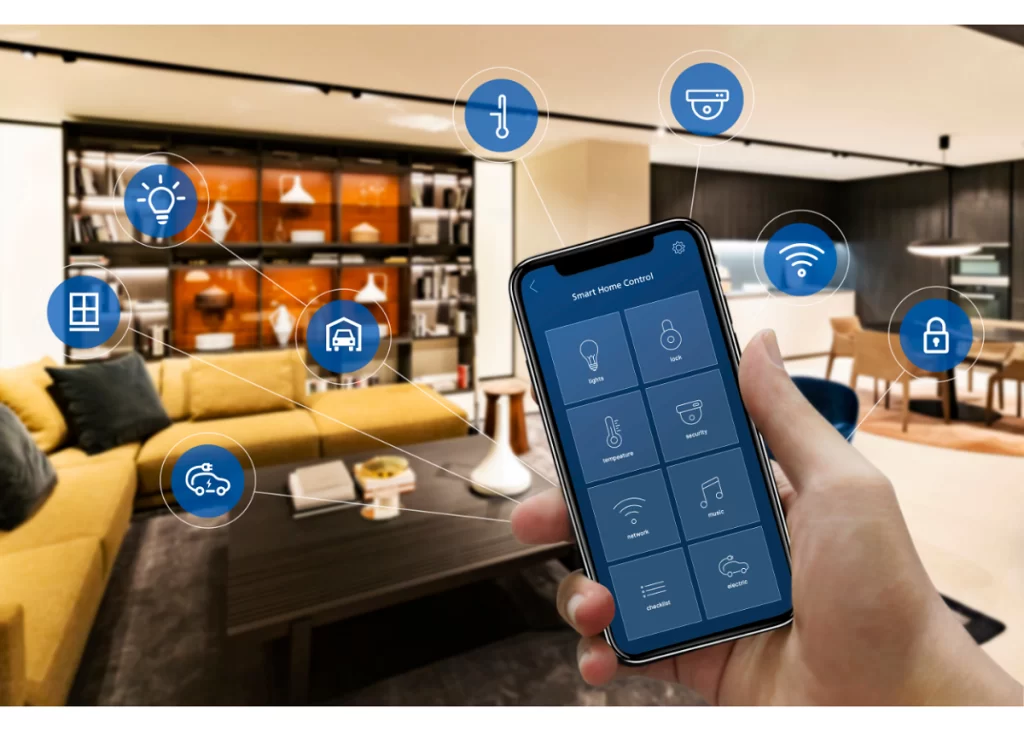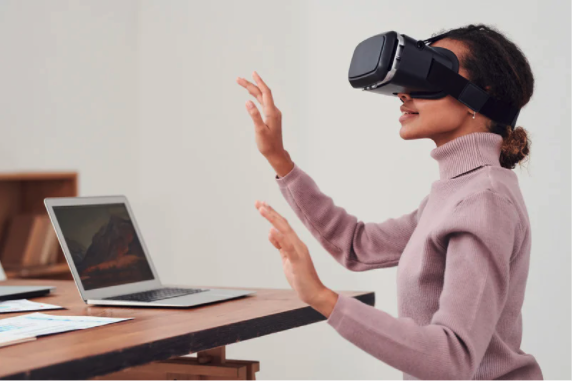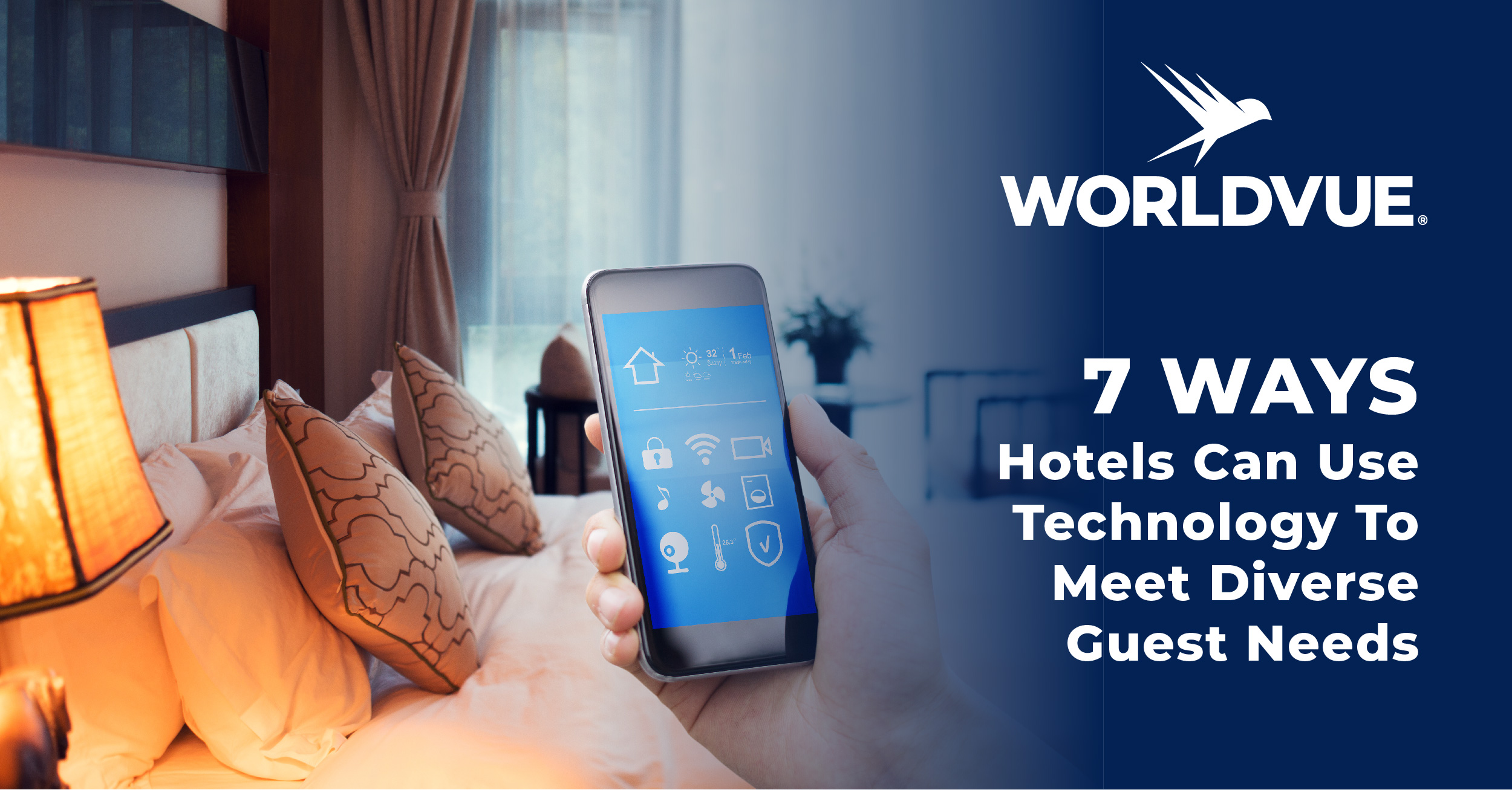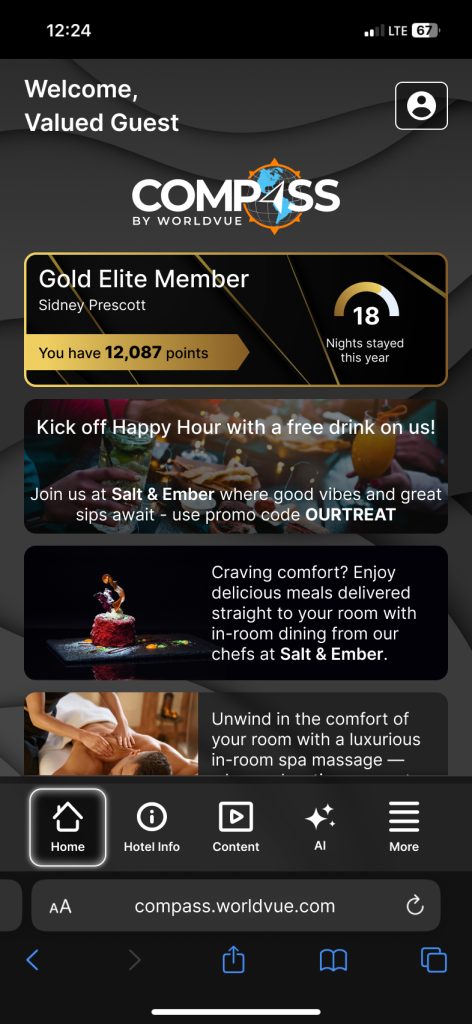Table of Contents
- 1. Multilingual Options
- 2. Alternative Communication Methods
- 3. Accessible Smart Room Controls
- 4. Inclusive Entertainment Options
- 5. Augmented Reality and Virtual Reality
- 6. AI-Enhanced Features
- 7. Personalized Experiences
In our blog posts and white papers, we often highlight the importance of the guest experience to a hotel’s bottom line. A hotel with a great guest experience will always be more successful than one that isn’t as responsive to guests.
To provide the best experience possible, hotels must ensure that they are meeting guests’ diverse needs. For example, some multilingual guests are not as comfortable communicating in English. Some may have other language-related needs. Other guests may have visual or auditory impairments or physical challenges. Technology can help with improving accessibility for guests.
By adapting the technology you’re already using and perhaps adding some newer options, you can make your property more accessible. To improve the experience for a wider variety of guests, here are seven ways you can harness technology to serve diverse guest needs.
1. Multilingual Options
While some hotels have staff available who can communicate in several widely used languages, it’s unlikely that most hotels will be able to do that for every language a guest might use. However, not all guests will be comfortable communicating only in English (or whichever language your property primarily uses).
By implementing multilingual communication options, you can bridge communication gaps and help guests feel more welcome. Such options can include technologies that empower guests to make reservations, choose services, and seek information in their preferred language.
2. Alternative Communication Methods
For some guests, face-to-face communication can be difficult – for example, guests who aren’t native speakers of your primary language or those with compromised immunity. You can improve the guest experience by offering more ways to accomplish tasks without requiring in-person interaction. Chatbots, mobile apps, tablets in rooms, and voice-activated devices provide alternative ways for guests to do what they need.
Voice-controlled interfaces and text-to-speech options can also help some guests with visual impairments or special language needs. For example, dyslexia can make navigating websites and other interfaces difficult because insufficient context is available to recognize individual words. Text-to-speech can help guests understand navigation and instructions more easily, while voice-controlled options can remove written language obstacles.
Chatbots (including voice-interactive chatbots) may also help here by walking guests through processes instead of leaving them to figure everything out themselves.
Similarly, many properties may not have anyone on staff who is proficient in any form of sign language. Thus, it’s important to make services available in ways that can be used by those with hearing impairment, such as using a kiosk or in-room tablet.

3. Accessible Smart Room Controls
Incorporating Internet of Things (IoT)-based smart room features can significantly improve the experience for guests with various disabilities. Those experiencing physical challenges, including age-related difficulties, may find it easier to adjust features such as lighting, temperature, and curtains using automated controls. Voice controls may be a good option for those with visual impairments or dyslexia.
4. Inclusive Entertainment Options
With today’s multifaceted in-room entertainment solutions, it can be easier than ever to diversify options for guests. For example, streaming services offer content in many different languages. Most hospitality entertainment solutions include captioning, and many streaming providers offer subtitles. It’s also a good idea to incorporate accessible interfaces, such as voice-activated controls and text-to-speech functionality for menus and messaging.
5. Augmented Reality and Virtual Reality
Even businesses that are ADA-compliant may not truly be accessible for those with disabilities, impairments, or handicaps. To find additional ways to improve accessibility, consider using augmented reality (AR) and virtual reality (VR).
A number of studies (like this example) suggest that AR and VR can help individuals gain empathy through an improved understanding of others’ experiences. Thus, staff who undergo AR- or VR-based training may improve their understanding of others’ needs, enabling them to provide better service.
Also, you can use AR/VR overlays to walk through the property and experience it as a guest with specific accessibility needs might experience it. As you find your way around, are there obstacles of which you might be unaware? Do you need to improve navigation or interaction for certain places or processes? Are there places where you need to adjust the lighting? Are rooms set up to accommodate guests with a variety of needs?
AR can also potentially help staff fulfill accessibility needs for guests. For example, if a guest requires specific adaptations to the typical room set-up, AR applications can offer step-by-step visual guidance to help staff meet those needs.

6. AI-Enhanced Features
Artificial intelligence (AI) can also help improve the guest experience by supporting accessibility. Some examples of this include:
- Smart room controls – As noted previously, it’s helpful to offer alternative options such as voice controls for aspects such as lighting, room temperature, and curtains. AI can enhance this with natural language processing to make controlling smart room functions easier.
- Captioning and subtitles – Entertainment solutions can use AI to provide real-time captioning and subtitles within rooms. Another option is to use AI captioning on digital signage to convey announcements in public areas, improving accessibility for those with hearing impairments.
- Chatbots for personalized assistance – Using AI-powered chatbots on your website or mobile app can help personalize assistance to guests with diverse needs. AI-powered chatbots can respond to personalized requirements and provide specific information about accessibility features. When implemented early in the process, this can make guests feel valued even before they visit your property.
- Predictive accessibility recommendations – AI can analyze information from previous visits to suggest accessibility features that can enhance the guest experience. For example, if a guest has previously requested specific room adjustments, AI can pre-emptively suggest similar adjustments for future stays.
- Visual recognition systems – AI-powered visual recognition systems can assist guests with visual impairments in navigating your property. They can use cameras and image recognition to identify locations, landmarks, and obstacles in real time. For example, you can offer AI-powered assistance through your app that provides audible descriptions to guide guests through hallways and other public spaces.
- Voice-activated concierge – AI can support more sophisticated concierge services beyond simple voice commands. For example, an AI-powered concierge can respond more accurately and in more detail to questions about services or requests for assistance.
- Continuous learning – One of the most significant benefits of AI-powered solutions is their ability to learn. By collecting and analyzing information about guest ratings, past effectiveness, and current advancements, AI can help you continually improve the use of technology at your property. This can yield a better guest experience over time for everyone, but especially for those with particular requirements for accommodations.
7. Personalized Experiences
A key point to keep in mind is that every person’s needs may be different. An accommodation that helps one guest may actually cause difficulties for another. Thus, personalizing the guest experience becomes more than simply a way to increase the bottom line. It can truly make the difference between frustration and delight.
Technology can help you meet diverse guest needs, for example, by enabling you to track and analyze guest preferences and feedback. This can help you proactively offer features and services that have been positively received or even new features likely to surprise and delight guests. In this way, your staff can create an experience that keeps guests coming back again and again.
It’s always a good time to investigate how you can improve your guest experience by better serving diverse guests. As your ONE point of contact for all your property’s technology needs, WorldVue will design, manage, and deploy solutions that are right for your brand, your property, and ultimately your guests. We also work with a variety of partners experienced in the implementation of innovative property technologies. In addition to improving your property’s connectivity, we can help you find and implement technologies to make your hotel more inclusive and, therefore, more attractive to guests.



